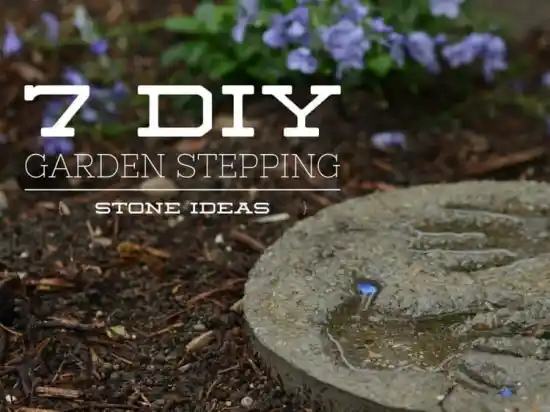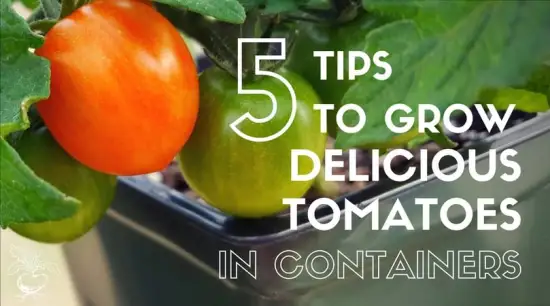Rock gardens are a beautiful addition to any landscape, offering a unique blend of natural beauty and low-maintenance appeal. If you’re considering creating your own rock garden, choosing the right plants is crucial for success. In this expert guide, we’ll explore some of the best plants for rock gardens, drawing on insights from government agencies, horticultural bodies, and academic experts to help you create a stunning and sustainable rock garden masterpiece.
Understanding Rock Gardens: Benefits and Considerations
Before diving into plant selection, it’s important to understand the fundamentals of rock gardens. These specialized landscapes are designed to mimic the rugged beauty of mountainous terrain, featuring a combination of rocks, gravel, and carefully selected plants. Rock gardens offer several benefits, including water conservation, erosion control, and habitat creation for pollinators and other wildlife.
When choosing plants for your rock garden, it’s essential to consider factors such as soil type, sun exposure, and climate conditions. By selecting plants that are well-suited to your garden’s specific microclimate, you can ensure their success and longevity in your rock garden.
Best Plants for Rock Gardens: A Selection Guide
Sedums (Sedum spp.)
Sedums are a popular choice for rock gardens due to their drought tolerance and low-growing habit. These succulent plants come in a variety of shapes, sizes, and colors, making them versatile additions to any rock garden landscape. According to the United States Department of Agriculture (USDA), sedums are well-adapted to a wide range of climates and soil types, making them an excellent choice for rock garden enthusiasts across the country.
Creeping Thyme (Thymus serpyllum)
Creeping thyme is a hardy ground cover plant that thrives in rocky, well-drained soils. With its fragrant foliage and delicate flowers, creeping thyme adds a touch of beauty and charm to any rock garden setting. According to the Royal Horticultural Society (RHS), creeping thyme is an excellent choice for rock gardens, providing both visual appeal and practical benefits such as weed suppression and erosion control.
Alpine Phlox (Phlox subulata)
Alpine phlox is a low-growing perennial that produces masses of colorful flowers in early spring. With its trailing habit and vibrant blooms, alpine phlox is an ideal choice for cascading down rocky slopes and crevices in your rock garden. According to research published in the Journal of Applied Ecology, alpine phlox is well-adapted to rocky habitats and can thrive in nutrient-poor soils, making it a resilient and attractive addition to any rock garden landscape.
Tips for Planting and Maintaining Rock Garden Plants
Prepare the Soil
Before planting, amend the soil in your rock garden with plenty of organic matter to improve drainage and fertility. According to experts at the American Horticultural Society (AHS), incorporating compost or aged manure into the soil can help create an ideal growing environment for rock garden plants.
Choose Wisely
Select plants that are well-suited to your garden’s specific conditions, including sunlight exposure, soil type, and climate. Consult resources such as the North American Rock Garden Society (NARGS) for expert advice on plant selection and cultivation techniques.
Provide Adequate Water
While many rock garden plants are drought-tolerant, they still require regular watering, especially during the establishment phase. Water deeply and infrequently to encourage deep root growth and resilience to drought conditions.
Monitor for Pests and Diseases
Keep an eye out for common pests and diseases that may affect your rock garden plants, such as aphids, slugs, and fungal infections. Promptly address any issues to prevent them from spreading and causing damage to your plants.
Conclusion
Creating a stunning rock garden is a rewarding endeavor that allows you to showcase the natural beauty of rocks and plants in a harmonious landscape. By selecting the right plants for your rock garden and following best practices for planting and maintenance, you can create a captivating outdoor space that will be enjoyed for years to come.
What are rock gardens, and why are they popular?
Rock gardens are landscaped areas featuring a combination of rocks, gravel, and carefully selected plants. They are popular for their rugged beauty, low-maintenance appeal, and suitability for challenging landscapes.
What are the benefits of planting a rock garden?
Rock gardens offer several benefits, including water conservation, erosion control, habitat creation for wildlife, and the opportunity to showcase unique and drought-tolerant plants.
What are some key factors to consider when choosing plants for a rock garden?
When selecting plants for a rock garden, consider factors such as soil type, sun exposure, climate conditions, and the overall aesthetic you wish to achieve. It’s essential to choose plants that are well-suited to the specific microclimate of your garden.
What types of plants thrive in rock garden environments?
Plants that thrive in rock gardens typically have adaptations for rocky, well-drained soils and are often drought-tolerant. Examples include sedums, creeping thyme, alpine phlox, hens and chicks (Sempervivum), and various species of ornamental grasses and succulents.
How do I prepare the soil for planting in a rock garden?
Prepare the soil in your rock garden by amending it with organic matter such as compost or aged manure to improve drainage and fertility. Incorporating coarse sand or gravel can also help enhance drainage in heavy soils.
How do I plant and arrange plants in a rock garden?
When planting in a rock garden, space plants according to their mature size and growth habit, considering factors such as height, spread, and color. Arrange plants in clusters or drifts, leaving space between them to allow for growth and airflow.
How often do plants in a rock garden need to be watered?
While many rock garden plants are drought-tolerant, they still require regular watering, especially during the establishment phase. Water deeply and infrequently to encourage deep root growth and resilience to drought conditions.
What are some common pests and diseases that affect plants in rock gardens?
Common pests and diseases that may affect plants in rock gardens include aphids, slugs, snails, and fungal infections such as powdery mildew and root rot. Monitor plants regularly and address any issues promptly to prevent them from spreading.
Can I incorporate native plants into my rock garden?
Yes, incorporating native plants into your rock garden can help create a more ecologically diverse and sustainable landscape. Native plants are well-adapted to local climate conditions and soil types, making them an excellent choice for rock garden environments.
How can I maintain and care for plants in my rock garden?
To maintain and care for plants in your rock garden, provide adequate water, monitor for pests and diseases, and periodically remove weeds and debris. Prune plants as needed to maintain their shape and appearance, and divide overcrowded perennials to promote healthy growth.
- Virginia’s Growing THC Seltzer Craze - June 5, 2025
- Find THC Sodas in Ohio - June 5, 2025
- THC Infused Seltzers to Try in New Jersey - May 19, 2025




